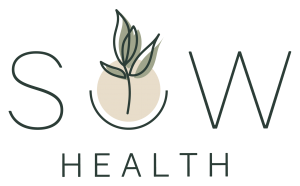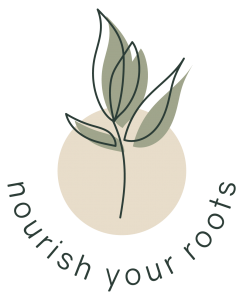Breasts, boobs, knockers, ta-tas, the twins – no matter what you call them, are you giving them the respect they deserve? From cancer to implants, breasts make the news for all kinds of reasons these days, but they’re rarely admired for simply being the incredible organ they are. After all, what else can provide optimal nourishment for a brand new life as well as sexual pleasure?
- Focus on vegetables: The cruciferous vegetables are especially important (cabbage, broccoli, kale, Brussels sprouts, asparagus, bok choy). These all contain the plant chemical indole-3-carbinol, which has been shown to decrease estrogen’s ability to bind to breast tissue, thus making the body’s own estrogen less apt to promote cancer. These veggies are also great for your liver!
- Ground flaxseed: The lignans found in ground flax have potent anticancer and estrogen balancing properties. These can prevent breast cancer itself and also prevent recurrences. It also is a great source of fibre and helps keep you regular. Note that ground flax is susceptible to oxidation, so keep it in the fridge or freezer if you’ve purchased it in that form. I normally recommend 2 tablespoons daily (in your smoothie, yogurt, apple sauce, or water/fresh juice).
- Limit alcohol: Alcohol consumption is associated with breast cancer risk. The risk increases with the amount consumed, so know that moderation is key. In one study, researchers found that the risk of breast cancer in women who had one or more drinks per day was 60% higher than those who didn’t drink.
- Reconsider caffeine: The methylxanthines (caffeine and theobromine) in coke, coffee, and chocolate can cause overstimulation of breast tissue in some women, though not all. A trial run of eliminating caffeine is worth it (and may decrease breast pain if you are suffering from it).
- Watch dairy products: Dairy (specifically cow’s dairy) is associated with breast tenderness and lumps in some woman. This may be due to the source of the dairy, as non-organic cows may have been fed antibiotics and hormones to increase their milk supply, which are then passed into their milk and consumed by humans. Try eliminating dairy for a month to see if you note any changes. Otherwise, try to consume only organic dairy products.
2) Emotional health. Spiritual healer, renowned speaker and New York Times bestselling author, Caroline Myss notes, “The major emotion behind breast lumps and breast cancer is hurt, sorrow, and unfinished emotional business generally related to nurturance.” Emotions such as regret and the classic “broken heart” are energetically stored in this centre of the body. Guilt over not being able to forgive oneself or forgive others blocks the breasts’ energy. An important 1995 study found that the risk of developing breast cancer increased by almost twelve times if a woman had suffered from bereavement, job loss, or divorce in the previous five years. It is not the loss itself that causes the problem – it is the inability to express one’s grief fully, release it, and respond to the situation in a healthy, adaptive fashion.
3) Breast self exams. Recently, new medical guidelines state that it is not necessary to teach breast self-exams because they do not change the mortality rate from breast cancer. What they mean is that women who do breast self-exams tend to find more benign growths. In my opinion, it’s important to know your breasts. It is women, not their doctors, who find the vast majority of breast abnormalities. It also allows time to appreciate this amazing organ.
How to do a breast self-exam: It’s important to approach your breasts with respect.
- Start by paying attention to them daily in the bath or shower, and try to not be afraid of them or their “lumpiness”.
- If you are menstruating, you will find doing this exam after your period is best as you’ll be less sensitive.
- First, look at your breasts in the mirror. Look for any changes or dimpling of the skin, then you raise your arms above your head and look for changes. Dimpling may be a sign of something under the skin.
- It’s easiest to start the exam either in the shower with your arm over your head or lying down with your arm over your head. Use three or four fingers of your right hand to explore your left breast firmly, carefully, and thoroughly feeling for any unusual lump or mass under the skin. Beginning at the outer edge, press the flat part of your fingers in small circles, moving the circles slowly around the breast. Pay special attention to the tail of the breast (area between the breast and armpit) and the armpit. Repeat this for the right breast using your left hand.




